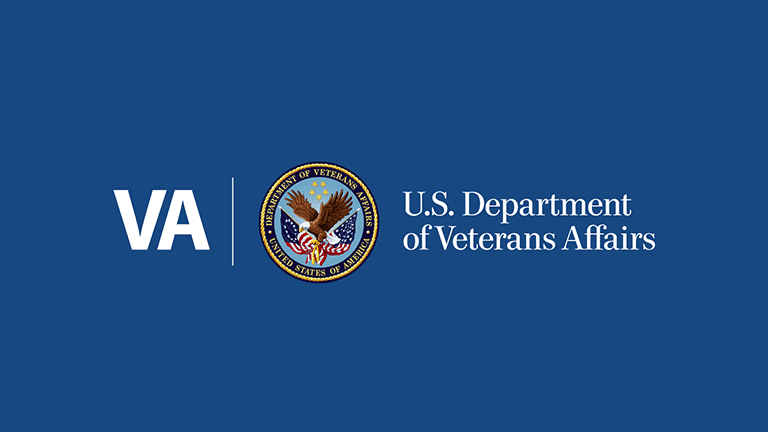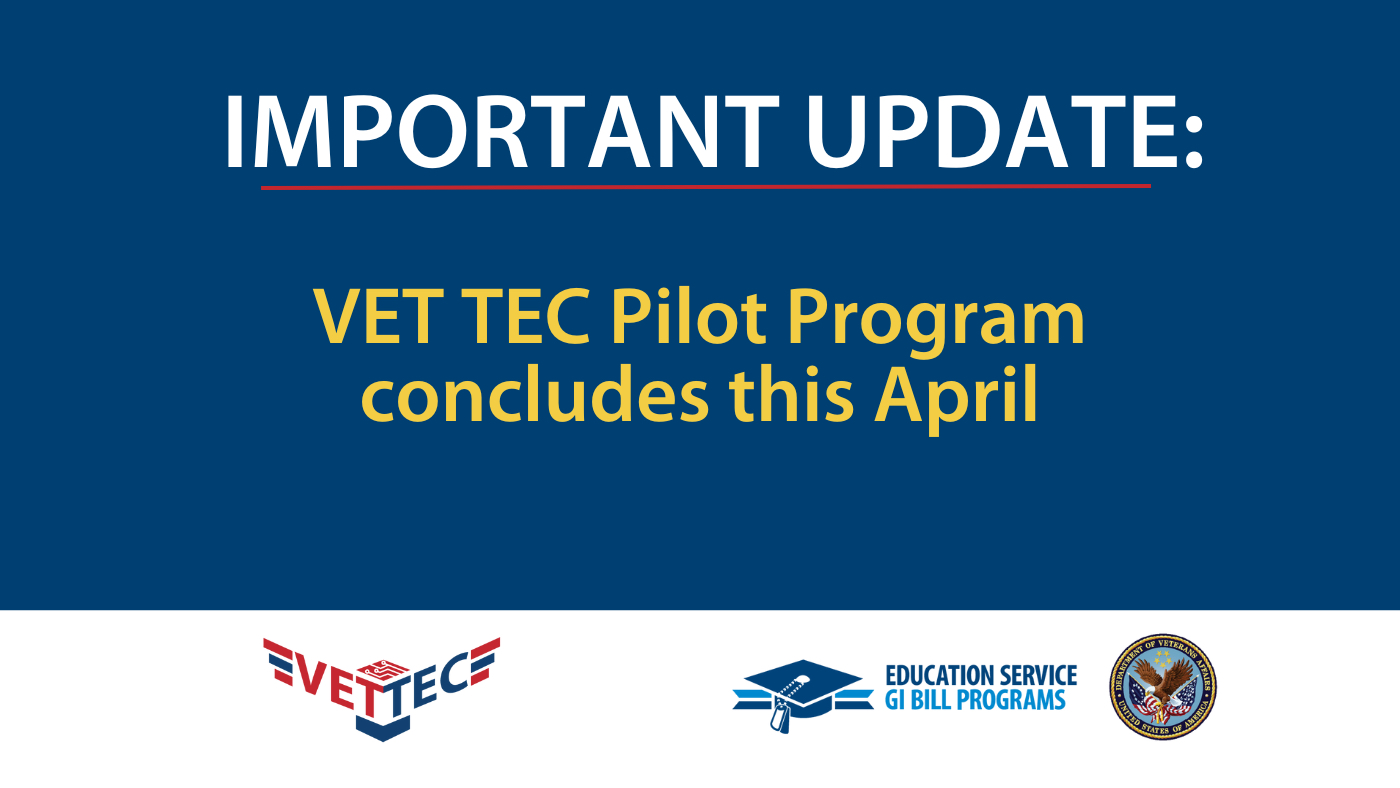(Editor’s note: This post was written and published by the White House Blog by Denis McDonough, Chief of Staff to President Obama, and Gene Sperling, Director of the National Economic Council and Assistant to the President for Economic Policy.)
With the Iraq War over and the war in Afghanistan drawing to a close, the Administration has undertaken an unprecedented effort to help our veterans and military spouses find employment and build their careers. Today, the overall unemployment rate for veterans remains below the national rate at 7.1 percent. But for veterans of the post-9/11 generation, many returning to the civilian workforce at a time when our economy, while making progress, is still healing from the Great Recession, too many American heroes are struggling to find work. This is a critical economic challenge that requires our long-term focus, especially as in the coming years over one million service members will be hanging up their uniforms and transitioning back to civilian life. In August 2011, President Obama visited the Washington Navy Yard to outline his comprehensive plan to ensure that all of America’s veterans have the support they need and deserve when they leave the military, look for a job, and enter the civilian workforce. This plan included a total redesign of the military’s transition program to ensure every service member is “career-ready”; a challenge to the private sector to hire and train veterans; increased access for veterans to intensive reemployment services; and new online tools to boost veteran employment.
A signature component of his plan was a series of significant, new tax credits aimed at getting veterans back to work. In the American Jobs Act the President proposed three new veterans hiring tax credits that greatly expanded the number of veterans eligible to be hired with tax credits. Recognizing the specific imperative of helping veterans dealing with long-term employment, the President proposed in the American Jobs Act tax credits that for the first time offered tax relief at least two times larger than current veterans tax relief for those veterans that have been pounding the streets for over six months looking for work. This includes the Returning Heroes Tax Credit, which provides an incentive of up to $5,600 for firms to hire long-term unemployed veterans, and the Wounded Warrior Tax Credit, which provides firms with up to $9,600 for hiring long-term unemployed veterans with service-connected disabilities.
The President’s tax credits were passed with full bi-partisan support by Congress and signed into law by the President in November 2011 as part of the VOW to Hire Heroes Act, and were extended through the end of 2013 by the American Taxpayer Relief Act of 2012.
Today, the Administration announced that the President’s FY2014 Budget will call for making all veteran hiring tax credits permanent. These permanent tax credits would have a gross cost of $1.4 billion, but would be fully paid for by closing tax loopholes and would not add a dime to the deficit. It is critical to veterans’ employment that Congress passes this budget proposal and makes these tax credits permanent, as a permanent extension should reduce employer uncertainty regarding the long-term security of the tax credits, which should lead to a further increase in the number of businesses taking advantage of these tax credits.
The President strongly believes that no veteran should have to fight for a job at home after they fight for our nation overseas, and making these tax credits permanent will be a critical tool to spur more robust hiring of some of our nation’s most skilled workers. Since the implementation of these new tax credits in late 2011, there has been a near doubling of the number of veterans hired through tax credits in 2012, as compared to the previous year, and we hope to continue to see the number of veterans hired through the tax credit grow as more companies hire veterans in the coming year. The permanent extension of these critical tax credits will be a huge win for our nation’s veterans, and will build on the President’s strong track record of helping our separating service members successfully transition to the civilian workforce, start a business, or pursue higher education.
Other steps the President has taken since August 2011 to combat veterans’ unemployment includes:
Announced the first major redesign of the military’s Transition Assistance Program in over 20 years, which: extended the transition program period from 3 days to 5-7 days; strengthened, standardized, and expanded counseling and guidance for service members before leaving the military; and transformed the military’s approach to education, training, and credentialing for service members.
Streamlined civilian credentialing for service members and veterans by: establishing a Defense Department Military Credentialing and Licensing Task Force in May 2011; developing partnerships between the military and manufacturing credentialing agencies to enable up to 126,000 service members to gain industry-recognized, nationally-portable certifications for high-demand manufacturing jobs; and having the First Lady issue a call-to-action to America’s governors that, by the end of 2015, all 50 states will have taken legislative or executive action to help our troops get the credentials they need to successfully transition to the civilian labor market.
Created the Veteran Gold Card, which entitles Post-9/11 veterans to enhanced reemployment services including six months of personalized case management, assessments and career counseling at their local American Job Center.
Launched the Veterans Jobs Bank, an easy-to-use tool to help veterans find job postings from companies looking to hire them. This tool already holds over 2.5 million job postings and is growing. Additionally, the Department of Labor launched My Next Move for Veterans, a new online resource that allows veterans to enter their military occupation code and discover civilian occupations for which they are well qualified.
If you are an employer who wants to take advantage of the Returning Heroes and Wounded Warriors Tax Credits click here.
If you are a veteran who is looking for employment opportunities click here.
Topics in this story
More Stories
Over the five-year program, more than 14,000 VET TEC beneficiaries completed their program and nearly half have reported finding meaningful employment with an average starting annual salary of $65,000.
VA is calling for applicants for the 2024 Specially Adapted Housing Assistive Technology grant.
Updated COVID vaccines are available free of charge to Veterans receiving care at VA .







Denis McDonough,
Permanent tax credits will help many veterans find jobs. But not the veterans who need the help the most.
When looking at veteran unemployment, it helps to identify which veterans one is talking about. To make things easy, think in terms of three specific groups: transitioning veterans (those leaving active duty), separated veterans (been out for one or more years) and the National Guard & Reserve.
The veteran opportunity tax credit will help the first two groups, but the BLS statistics indicate that those veterans are finding jobs. at VetJobs (www.vetjobs.com) we see over 20,000 veterans and their family members a day visiting the site looking for work. For the most part those who totally separate from the military are finding work, which is not to say there are not some who have problems in this recession, but most veterans are finding work.
Where there IS a veteran unemployment problem is in the National Guard & Reserve. Most of the members of the National Guard are young which explains why there has been so many reports of young veterans having trouble finding work. The real reason is the National Guard & Reserve have been called up so many times that employers do not want to hire them. A company cannot operate effectively with employees being taken away for 12 to 24 months at a time, multiple times.
The current call-up policy went into effect on January 11, 2007. The unemployment rate for the young veterans in 2006 was 10.4%. By the end of 2007 it was 22.3%, a direct result of the call up policy. Employers were not going to keep an employee that cannot be counted on to show up for work. The policy makers at the Department of Defense (DOD) still do not understand this basic business principle.
A permanent VOTC will not help the members of the National Guard and Reserve. If it were not for the estimated 28% plus unemployment rate of the National Guard nationally, the overall unemployment rate for all veterans would be about 4.0% instead of the current 7.1%. Keep in mind that the National Guard & Reserve now make up nearly 52% of America’s fighting force.
The high unemployment in the National Guard and Reserve will not get better until the current flawed call-up policy is fixed. Every time the active military has been reduced, after WWII, Korea, Vietnam, in the Clinton Administration and now by the Obama administration, the use of the National Guard & Reserve has gone up. That is happening again. The more the National Guard & Reserve is used the fewer employers will want to give them a job.
This situation has…
This situation has got to change. We are making the members of the National Guard & Reserve third class citizens who are expected to fight for America, die or be wounded. Then when they return home from wars or deployments, the DOD call up policy makes it difficult for them to have a continuum of civilian employment. This is not right and must be changed!
If you have any questions, please give me a call.
Ted Daywalt
President
VetJobs
http://www.vetjobs.com
770-993-5117
Why have Vietnam era veterans over 62 been excluded from post GI BILL$$$$$$$$$$$$$